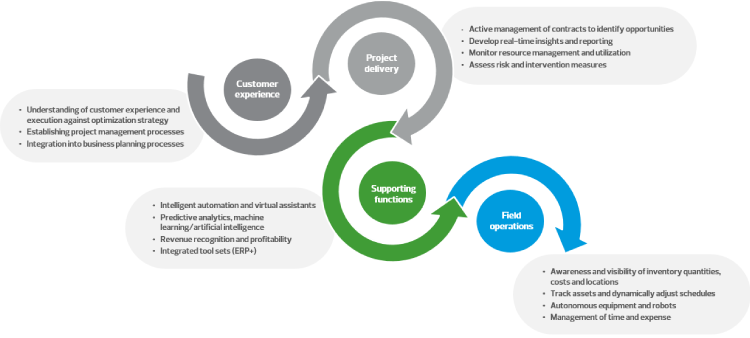Organizations providing business services such as staffing and recruiting, public relations, advertising and marketing, environmental consulting and facility management have unique needs that must be met to achieve their profitability goals. Whether monitoring the revenue cycle, tracking projects, allocating resources or overseeing field services, firm leaders must manage a variety of complex systems and processes.
Taking an eye off one area or neglecting to maximize resources in another can mean project delays, write-offs or even failure. Numerous risks, challenges and pain points can span the entire project delivery cycle, from the initial pursuit and estimate phase through closeout, and may include the following:



